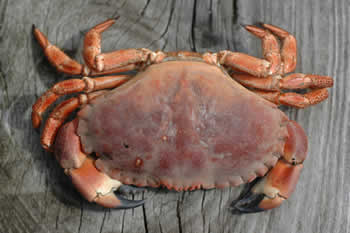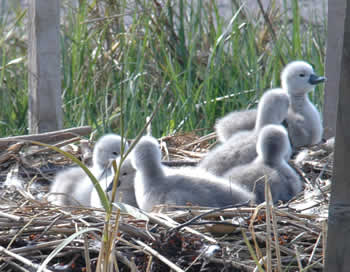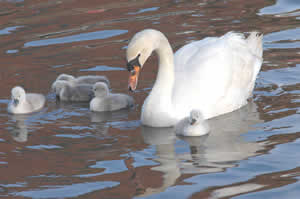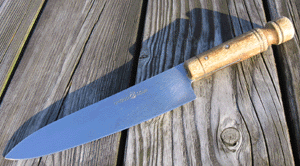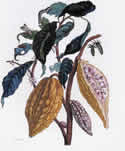An Alsace Snailfest

Snails have always been popular in Alsace. From the Romans the people learned the secrets of snail husbandry, in particular how to fatten them on selected titbits in specially designed escargotières or snaileries. Irene Kohler in La Cuisine Alsacienne reports that by the Middle Ages, monasteries and convents (notably the Clos des Capucins near Kaysersberg, now the home of Madame Faller et ses filles) were famous for their snails. Charles Gérard in L’Ancienne Alsace à Table notes understandingly that the winters were so long and the Lenten fast so trying that it was little wonder that snails (which were considered as fish for Lenten purposes) played such a large part in the monastic diet.
We’ve had plenty of rain here recently in Alsace and the snails are out in force. It reminded me of the Fête de l’Escargot (Snailfest) held each May in the little village of Osenbach. On this august annual occasion, snails are downed by the ton, with smoked pork and pommes frites to follow. It’s the best sort of village fest, organised each year in rotation by the fire brigade, the football club and the music society. (Insiders claim that the best years to go are the ones when the fire brigade is in charge: the car parking works smoothly, the music’s the best and the firemen really know their snails.) Local musicians play oom-pa-pa music and the assembled snail-festlers take to the floor with gusto. After dinner and dancing there’s the annual Snail Race.
Monsieur Jenny the snail trainer fetches the beautiful striped gastropods from the nearby forest two weeks before the race and feeds them up on lettuces from his allotment. After a couple of weeks of repeatedly scaling the inside of a large yellow plastic bucket, they’re in peak condition. (After the fest they are returned to the forest.) Two strapping lads carry in the Escargodrome, a deeply recessed table-like contraption a bit like one of those Babyfoot tables familiar to all French cafés. The table is straddled by wooden rails for the snails to strut their stuff. The rails are numbered and liberally lubricated with what looks like wine, but is actually water (disguised in an Alsace wine bottle).
Before the race starts the snails are hoisted out of their bucket and placed on the numbered rails. Tension mounts, there’s a roll of drums from the floor and bets are placed. ‘We're creating a blog to publish the results', quips the compère, ‘and there’ll be an action replay later – in slow motion.’ It takes about 20 minutes for the champion snail to get from one end of the rail to the other. Some of them get off to a cracking start, only to fade before the full 50 centimetres have been covered. Others turn round on their rail and go resolutely into reverse. Still others, clearly unimpressed by all the fuss, retreat into their shells and seem to go to sleep.
At the end of it all the winning ticket is announced and the victor delightedly carries off – you guessed it – a supply of snails. The band strikes up again, the fest-goers take to the floor once more, beer and wine is quaffed in liberal quantities and the party goes on far into the night.
copyright Sue Style
2005

